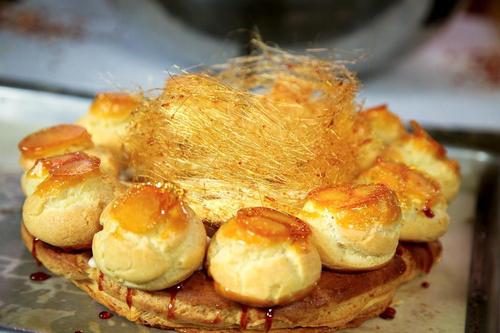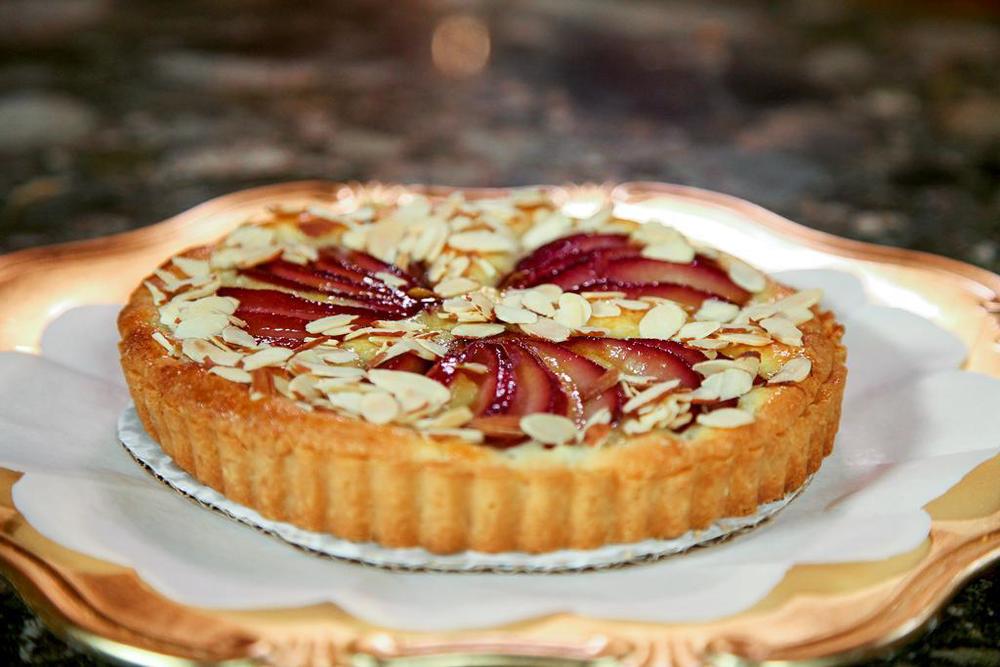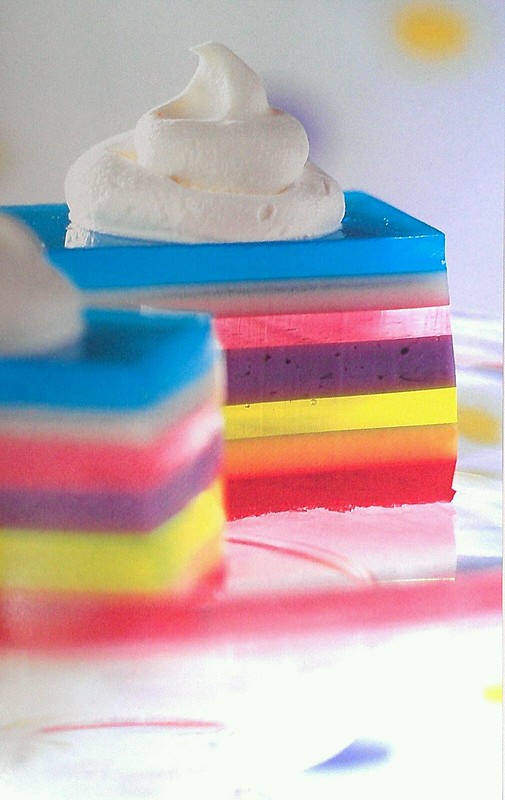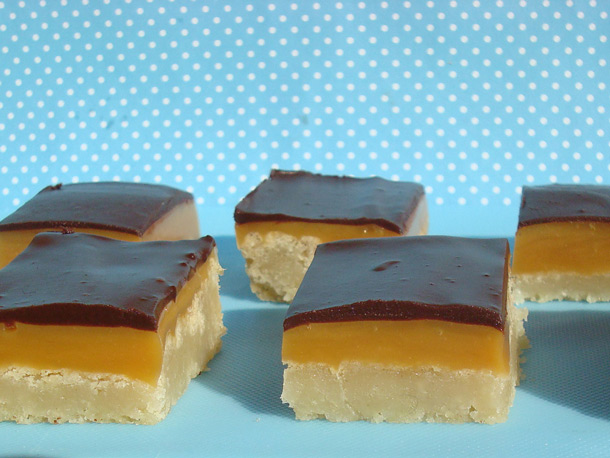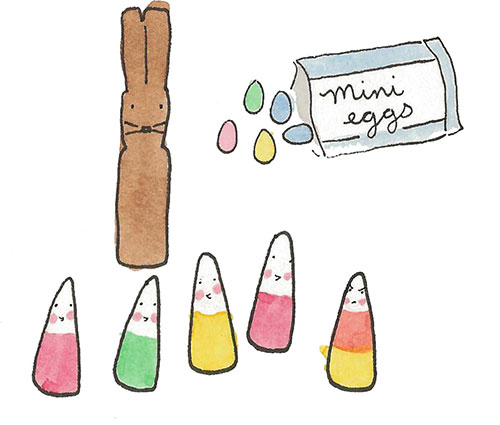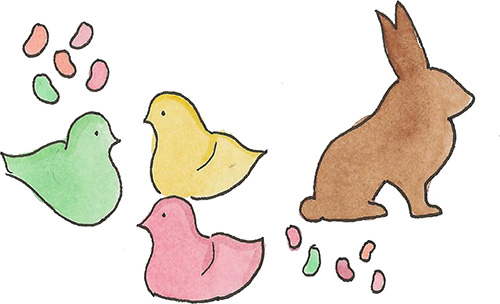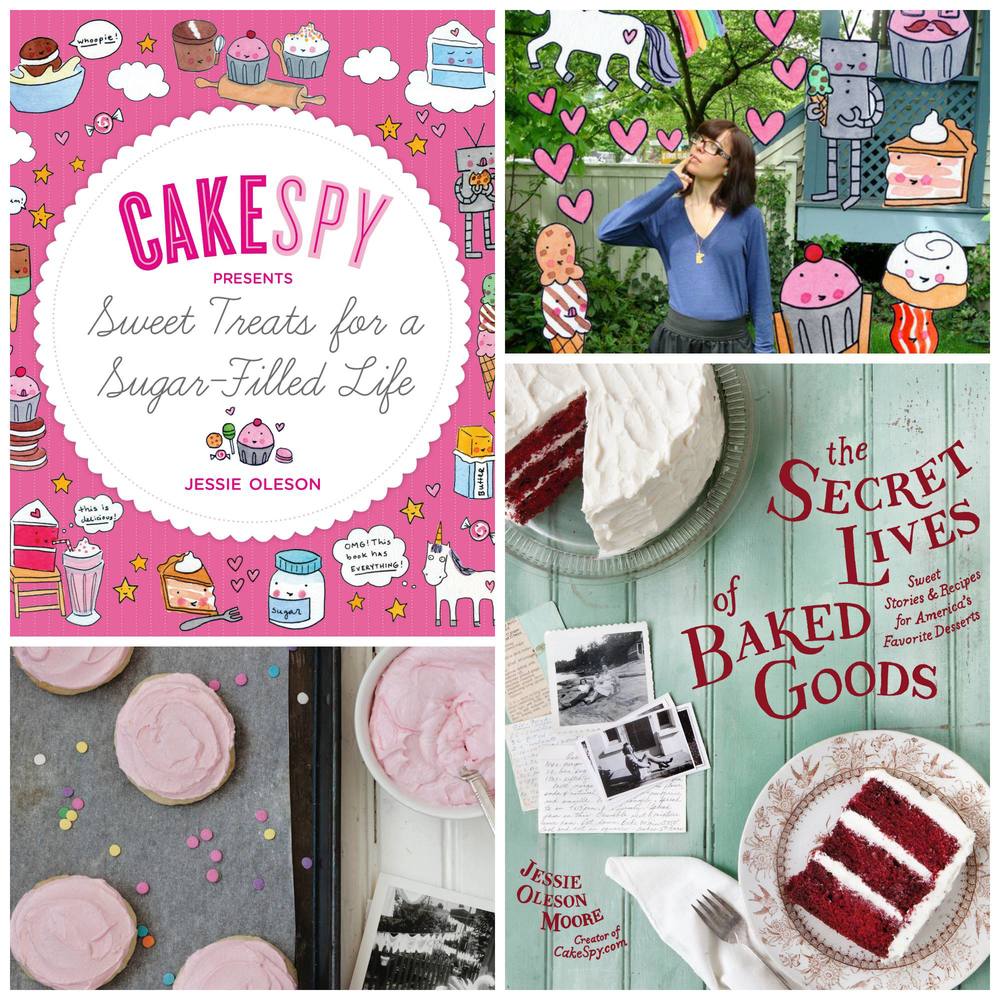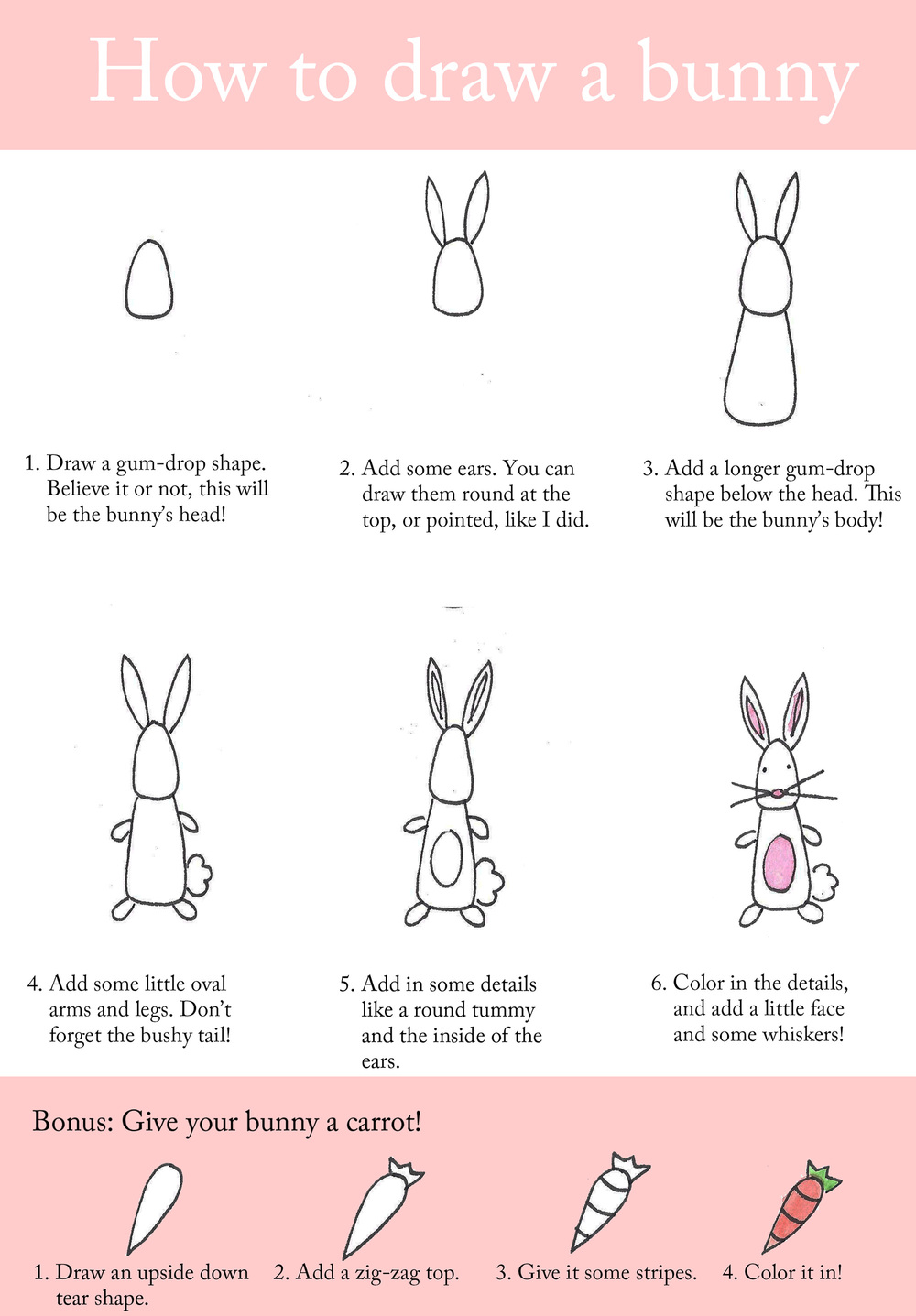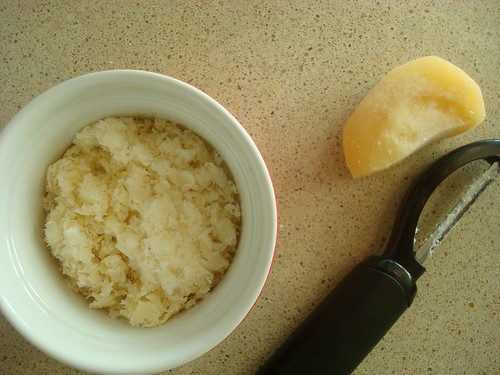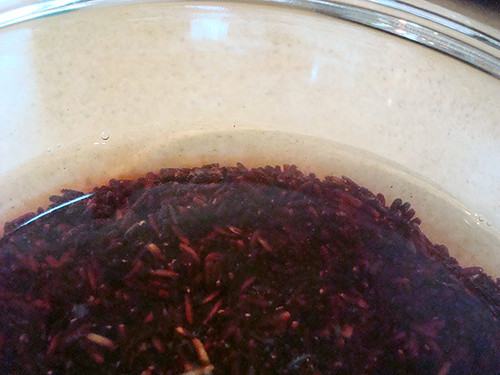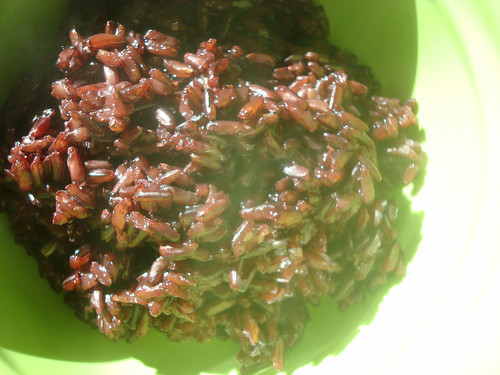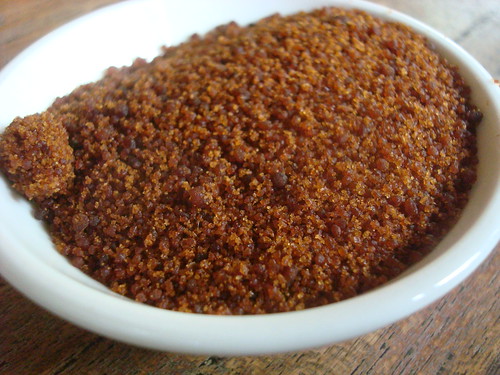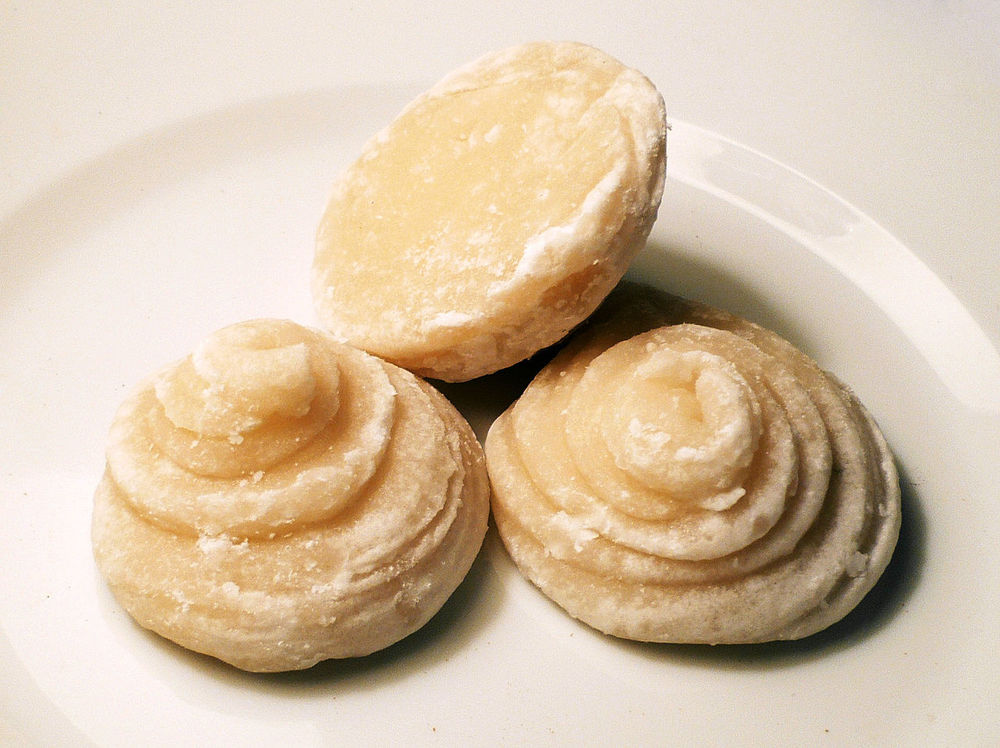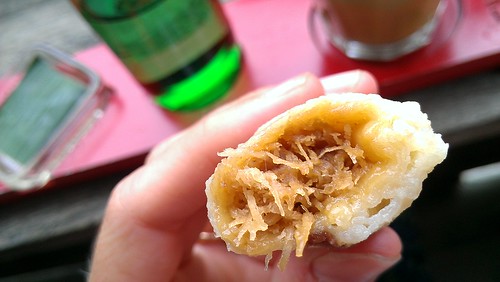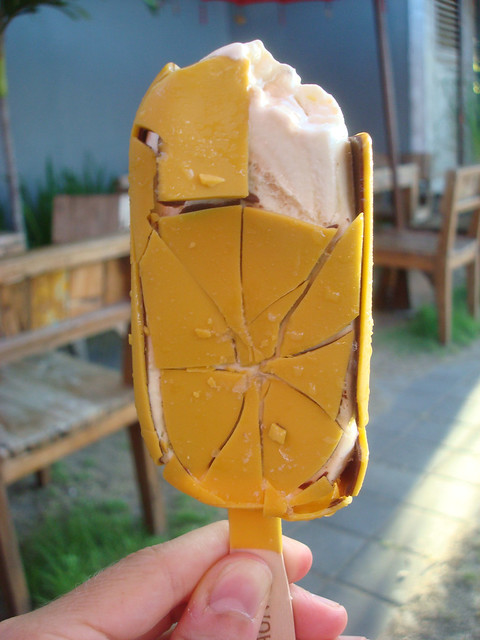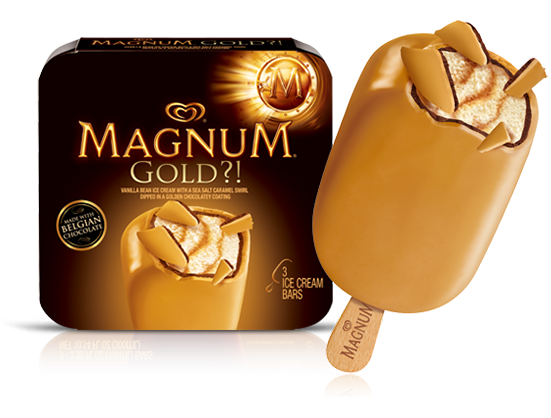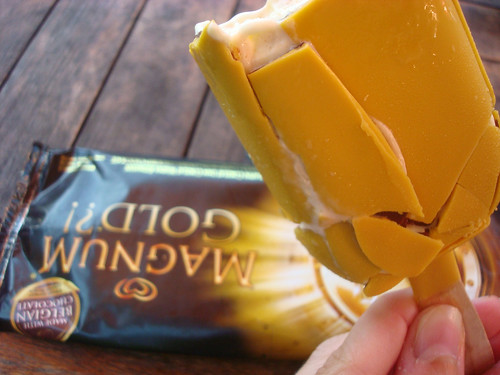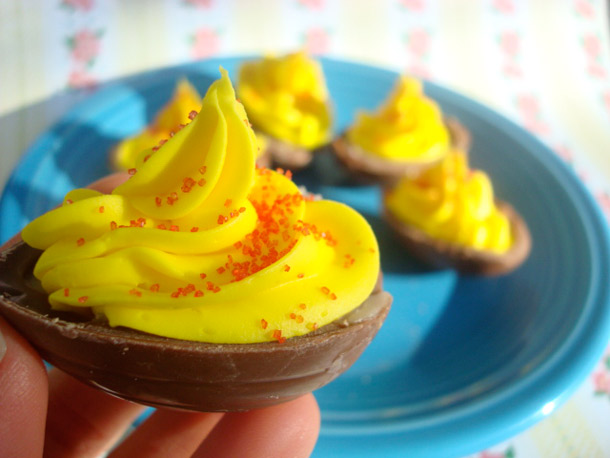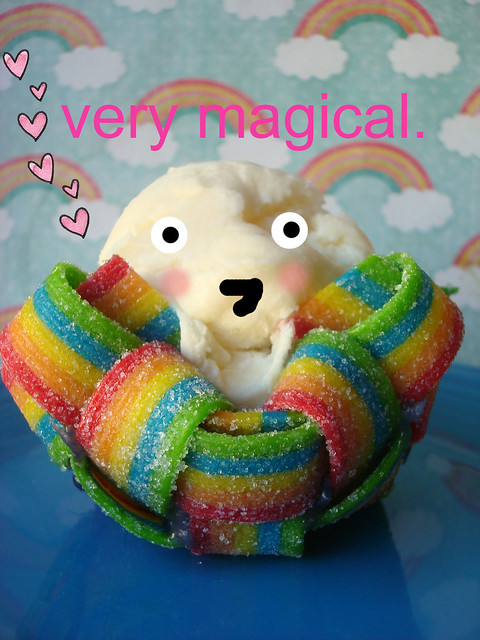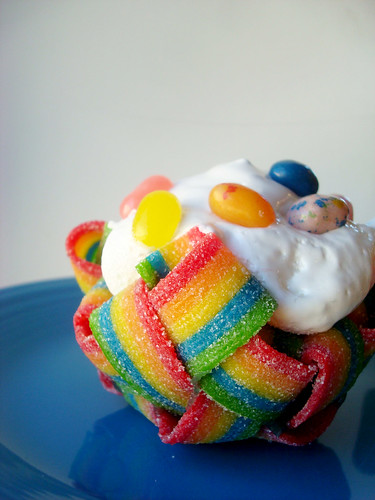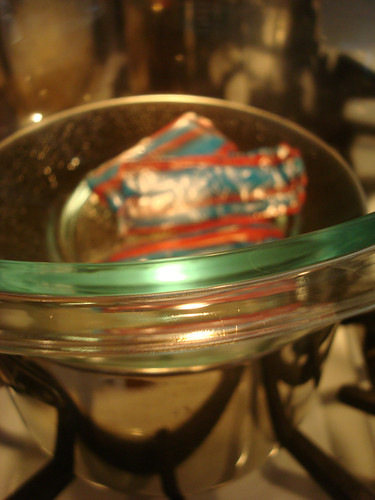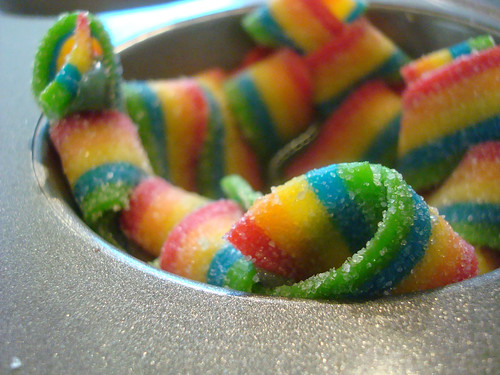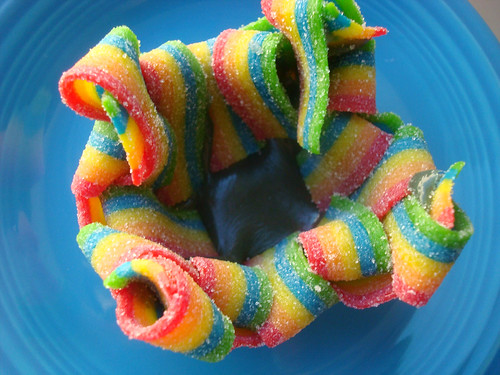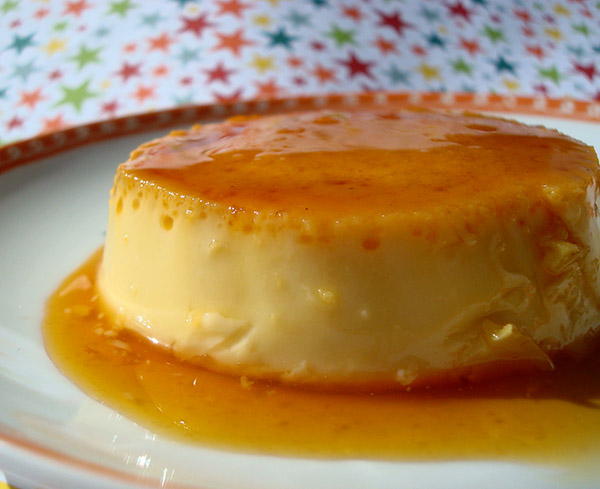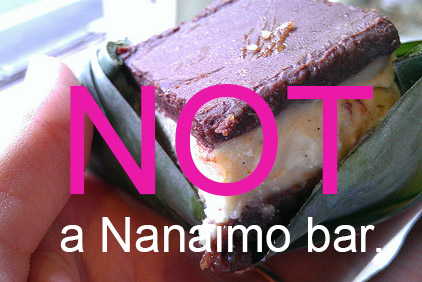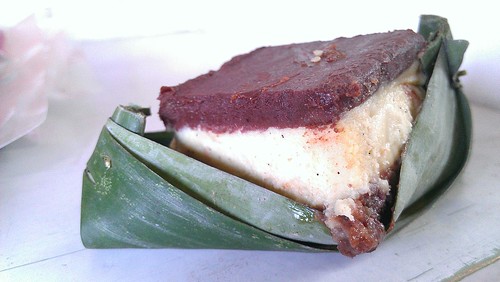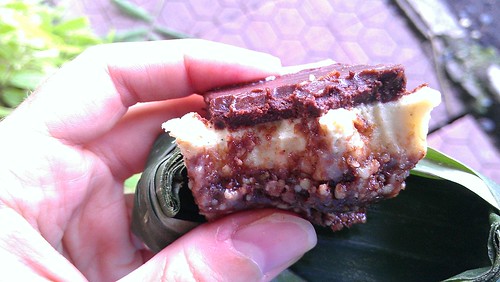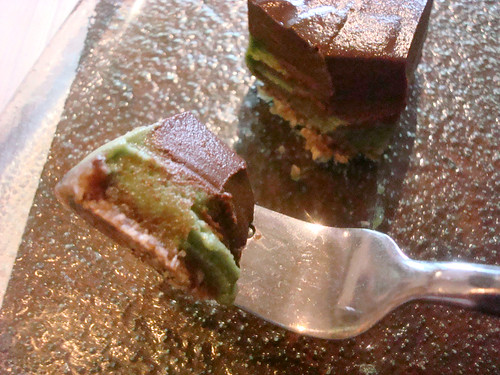Photos via Craftsy course French Pastry Shop Classics
As youse-all know, I am a frequent contributor to Craftsy, a fantastic website which offers all sorts of crafty content.
And (get jealous) as a perk, I occasionally get a screener of one of their classes.
Actually, their classes are amazingly cheap for all that they offer--I have taken a few and they're all insanely informative.
After having taken the new-ish course French Pastry Classics, I feel more confident and better versed in baking French sweets after watching instructor Colette Christian go over the ins and outs of making pastry cream, ganache, cream puff pastry, gougeres, and a sweet fruit tart.
I can't tell you everything I learned, because I am trying to tell you that the class is worthwhile to buy, but I can tell you some interesting things I learned while taking the course. These were just a few things I jotted down during the course that I thought were interesting little tidbits - there are many more in the course. Let's go:
I choux you:
Pâté à choux is the only pastry dough that you make on the stove. It's a stovetop wonder! Also, because of how the dough is created, you don't have to sift the flour first. Bonus for people who get lazy about sifting!
Chantilly, but not lace
When making chantilly cream (a sweet whipped cream), you need to attain some structure in the cream before adding the yummy stuff that gives it flavor. The reason is that if you add sugar or vanilla too soon, it will be weighed down. For best results, mix the cream until it has a yogurt-like consistency but not quite whipped cream-y, and then add in the vanilla and sugar. Mix until you attain the peaks you're seeking.
Ganache and yum
Ganache is a simple thing: it has only two ingredients, chocolate and cream. This means that you can taste each ingredient really clearly, and it's worth investing in good quality stuff. In the course, you get specific suggestions. Seek out a cream with 38-40% butterfat for the perfect rich creamy flavor and texture; as for the chocolate, go for one that has 32 percent cacao or higher. This will ensure that it attains a perfectly fluid texture.
What a tangled web..
You know those weird bits inside of a cream puff when you cut it in half? There's a word for it: WEBBING. It doesn't mean you've done anything wrong; it is caused because the egg can't help but create a bit of leftover structure while it's chemically weaving the awesome cream puff exterior. It's no big: simply spoon it out to make room for the pastry cream.
Bonus: Par-baking versus blind baking
In the course, I got a fantastic explanation of the difference between par-baking and blind baking. Finally! I have been using the terms (incorrectly) interchangeably for years. No more. Thank you, Colette Christian!
Have you ever taken a Craftsy course? If so, how did you feel about doing a cooking course online?

